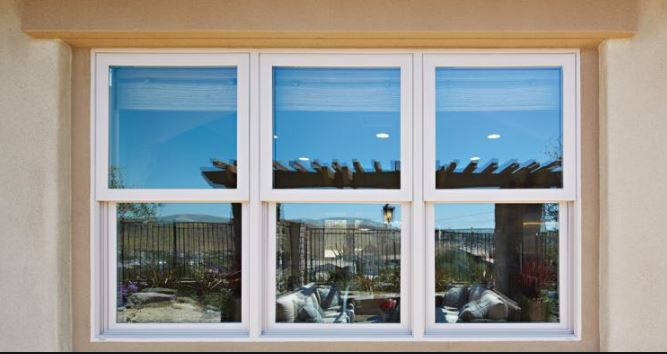3 Key Factors to Consider When Snake Fencing Your Property

If you live in an area where venomous or large snakes are common, installing snake fencing around your property can give you, your family, and your pets peace of mind and safety. However, not all snake fences are created equally. Choosing the wrong type of materials, placement, or design can leave your property vulnerable as it was before you fenced it. Here are three critical factors you need to consider when snake fencing in San Diego.
1. Material Selection
When it comes to snake fencing, the materials you select are crucial in preventing snakes from finding gaps to squeeze through or under. Traditional fencing materials, like wood or chain links, may not provide the level of protection needed, as they have openings that many snakes can exploit. Instead, you’ll want to look for materials designed specifically for snake prevention. Welded wire mesh with small openings—often no larger than a quarter of an inch can block even the smallest of snakes, creating a physical barrier that they cannot pass.
Materials like stainless steel mesh and galvanized hardware cloth are highly effective, as they are not only snake-resistant but also durable against weathering and rust. Galvanized mesh, in particular, can withstand wet conditions, making it ideal for areas that experience heavy rain or high humidity. Snake fencing is a long-term investment, so choosing high-quality materials at the outset can save you the time and expense of frequent repairs or replacements down the road.
2. Fence Height and Depth
The height and depth of your snake fence play a significant role in its effectiveness. While many people focus solely on the visible height of the fence, the below-ground depth is just as critical. Most snakes are adept diggers, and many are persistent when trying to access what they believe might be a safe shelter or a source of food. Extending the fence a foot below ground eliminates most possibilities of snakes burrowing under it.
Above ground, you’ll want the fence to reach a minimum height of 36 inches, as this has been shown to deter most climbing or jumping snake species. Certain snake types, especially younger or more agile ones, may try to climb or wedge themselves through any small gap in your fence. To prevent this, angle the top of the fence outward by about 30 degrees, creating an overhang that makes climbing difficult for most snake species. The combined height and underground depth, along with the overhanging edge, create a multi-layered defense that minimizes any snake’s ability to breach the fence.
3. Gates and Corners
Gates, corners, and entry points in your fence are some of the most vulnerable areas where snakes may find a way in. Even the most well-designed snake fence can be ineffective if these points are not properly sealed. Unlike many pests, snakes have flexible bodies that allow them to squeeze through incredibly tight spaces, so it’s vital to ensure that every entry point is secured with no gaps.
For gates, consider using self-closing, tightly fitted gate designs with sweeps that keep the gate flush with the ground or foundation. Gates with wide gaps or insufficient seals leave critical weak points, making them an easy target for snakes to exploit. Using weather stripping or rubber stoppers along the bottom edge of the gate can also help close off any space that might allow a snake to slip underneath.
Corners, where two fence sections meet, can also present a risk, as gaps tend to emerge here if not carefully installed. To reinforce these areas, overlap the fencing mesh at corners and secure it firmly with additional stakes or fasteners. This extra layer of attention goes a long way in ensuring your snake fence is structurally sound and consistent in its level of protection across the entire property.
Final Thoughts
Installing a snake fence is one of the most effective ways to secure your property against unwanted serpentine visitors. However, achieving success with a snake fence requires quality materials and ongoing maintenance. A well-built snake fence will serve as a silent guardian, offering ongoing protection so that you can enjoy your space without worry.


:strip_icc()/BEHR_25.03_COLORTRENDS_TC_LIV_101c-38834c32890e4cae975ce7030623f632.jpg)

